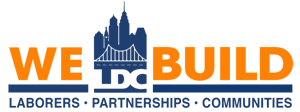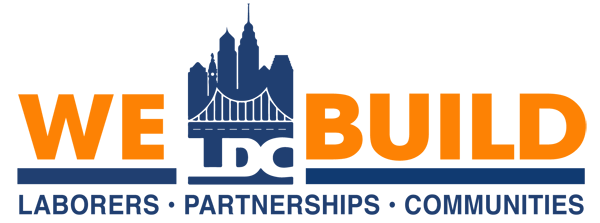My LDC Benefits
Fight coronavirus transmission at home
Fight coronavirus at home by cleaning and disinfecting high-touch surfaces. Most common household disinfectants will kill the virus that causes COVID-19.
Doctors and researchers are gaining a greater understanding about coronavirus disease 2019 (COVID-19) and how the virus that cause it (SARS-CoV-2) spreads. Public health messages emphasize the importance of hand-washing, social distancing and cloth face masks to slow the spread of the virus.
You can also take steps in your home to keep the virus from spreading. No special supplies are required. You likely already have what you need.
The virus that causes COVID-19 can be spread by contact with someone who has COVID-19, as well as contact with surfaces or objects that person has touched.
When someone with COVID-19 sneezes or coughs, respiratory droplets are released into the air. Droplets typically don't travel far — no more than 6 feet (about 2 meters). The virus may stay on surfaces from hours to days.
Small droplets may also linger in the air for minutes to hours. In enclosed spaces with poor ventilation, the droplets can became concentrated enough to spread the virus to people in the area even once an infected person has left the room. This is called airborne transmission.
You can reduce potential spread of the coronavirus by cleaning and disinfecting frequently touched surfaces, such as tables, doorknobs, light switches, handles, desks, toilets, faucets and sinks. Do this daily if someone in your home has COVID-19.
Open windows when possible to improve ventilation. Also make sure you have good airflow when you're using bleach or other disinfectants.
Start by putting on gloves before cleaning and disinfecting — preferably disposable gloves, so you can throw them away immediately after you're done. If you only have reusable gloves, don't use them for any other purposes. Thoroughly wash your hands after removing your gloves.
Cleaning with soap and water removes dirt and lowers the number of germs on surfaces. Once surfaces are clean, you can apply disinfectant to knock out any germs that are left.
The U.S. Environmental Protection Agency (EPA) has a list of disinfectants for use against the virus that causes COVID-19. Although these products haven't been tested against this specific virus, they're known to work against other, harder-to-kill viruses.
Look for products with active ingredients such as ethanol, hydrogen peroxide or quaternary ammonium. In the U.S., check labels for EPA registration numbers.
Read and follow product instructions, including what precautions to take when using the product. Many disinfectants need to remain on surfaces for some time to be effective. This is called the contact time. Check the label for the specifics.
Yes. You can make a disinfecting solution by combining 4 teaspoons (about 20 milliliters) of household bleach and 1 quart (slightly less than 1 liter) of water. Read and follow instructions and precautions. For example, wear gloves and make sure there's good airflow in the room. Don't mix bleach with ammonia or any other cleanser — the combination could produce toxic fumes.
Follow manufacturers' instructions for cleaning and disinfecting. Otherwise, you can clean cellphones with disinfecting wipes that are 70% alcohol. Wipe the face of the phone and along the sides and back where you hold it. Let it air dry. The same goes for computers, laptops, tablets and remote controls. Wash your hands thoroughly when you're done.
© 1998-2023 Mayo Foundation for Medical Education and Research (MFMER). All rights reserved.


